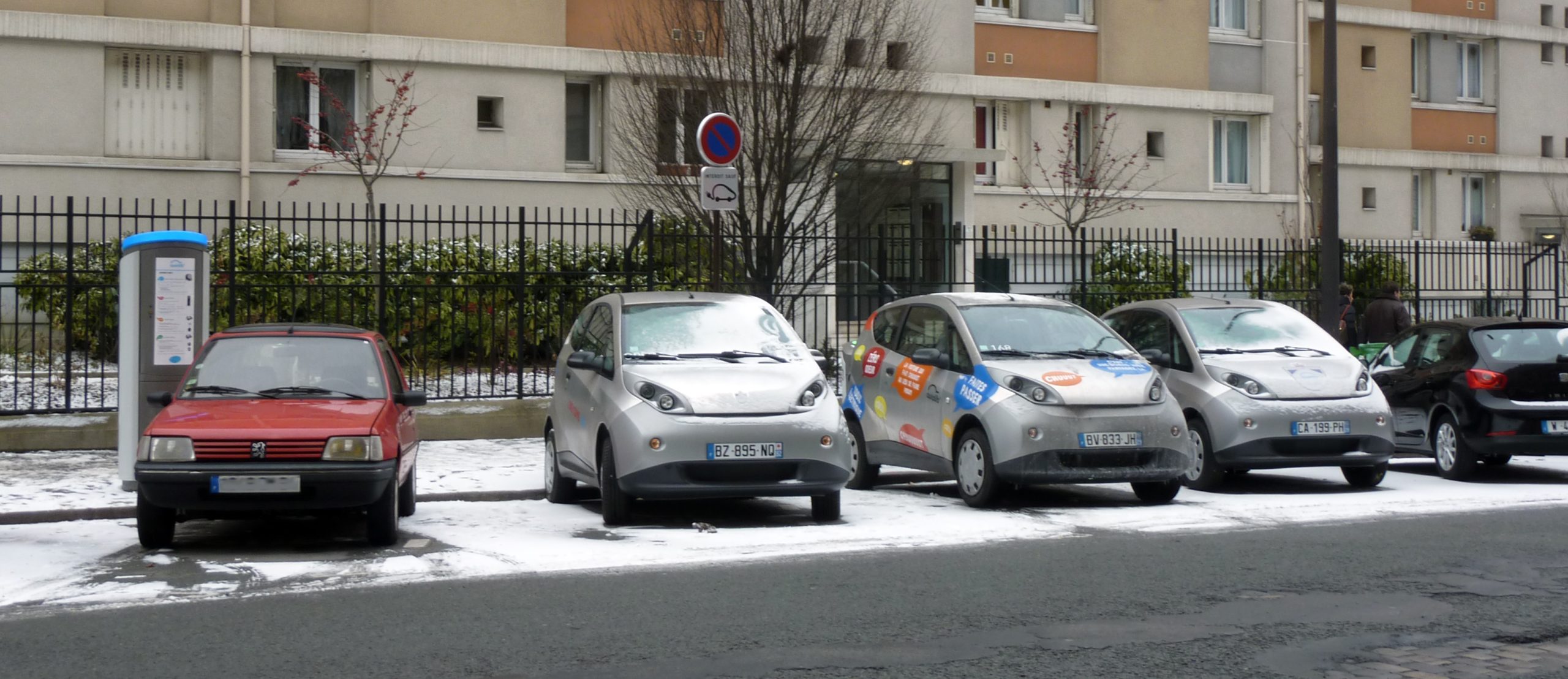
The Good Tax Guide
The first ever report comparing systems of car taxation across European countries.
This report is the first time that systems of car taxation are directly compared across European countries. The comparisons cover 31 countries, seven forms of taxation, and two registration types (private and corporate). The results detail the different tax methods used and the resulting tax burden for typical car ownership and usage.
By calculating the different taxes that are levied on the same car in each country, a total tax burden can be compared across countries. The range in tax burden is substantial. For a small petrol car, the tax burden over ten years of private ownership ranges from €1,500 in Bulgaria to €17,000 in Denmark. For a compact petrol SUV, the range is from €2,800 to €51,400.
Importantly for the zero-emission transition, our report calculates the tax burden between vehicle types (small car and compact SUV) and powertrains (petrol, plug-in hybrid, battery electric vehicle – BEV) and the tax differential between them.

Our results reveal that the tax differential between a BEV and petrol private car varies greatly across countries. The highest tax differentials are in Malta, Denmark, and Norway while the lowest are in Bulgaria, Cyprus, and Belgium. The tax comparisons offer explanations for these findings:
- Nearly all countries with a high differential have zero-emission purchase grants (the largest in Malta and Romania), whereas these grants are absent in countries with a low differential.
- Over ten years of ownership, fuel taxation is the largest share of tax burden in most countries. In 2022, 20 countries cut fuel excise duties, thus lowering the tax differential.
- Some forms of taxation are absent. Nine countries do not have an acquisition tax (despite its influence on new purchases) and four countries do not have an ownership tax.
- Some taxes are misspecified. Ten countries – particularly countries without recent tax reforms – do not have a car tax (i.e. acquisition or ownership) based on CO2
Across Europe, BEV tax differentials are broadly correlated with BEV uptake. There is no correlation, however, between BEV tax differentials and per capita GDP or income, with higher differentials (and BEV uptake) in Malta and Romania than richer countries like Belgium and Spain.
The calculation of tax burden is also relevant for corporate cars, which constitute the majority (58%) of new registrations in Europe and add income and corporate tax benefits to the analysis.

Like private cars, the tax differential between a BEV and petrol corporate car varies greatly across countries. The highest differentials are in Ireland, Greece, and Malta while the lowest differentials are in Cyprus, Croatia, and Bulgaria. The tax calculations offer key explanations for these findings:
- Purchase grants for zero-emission corporate cars are present in fewer countries (15), and are often lower than for private cars, but are still a significant contributor to the tax differential.
- Benefit-in-kind taxation is the largest share of tax burden in most countries. It is strongly differentiated by CO2 emissions in the UK and Ireland, and completely undifferentiated in six other countries (Croatia, Czechia, Lithuania, Romania, Slovakia, Switzerland).
- Corporate cars are eligible for large tax benefits in the form of depreciation write-offs and VAT deduction. Seven countries differentiate depreciation write-offs by CO2 emissions, with the largest differentiation in Belgium, and four countries differentiate VAT deduction.
Given the emissions challenge faced in road transport, the learnings from these tax comparisons are critical and timely. Transport is the only sector in Europe where emissions continue to rise. This report offers good practices to employ, bad practices to avoid, and guidance to follow.
